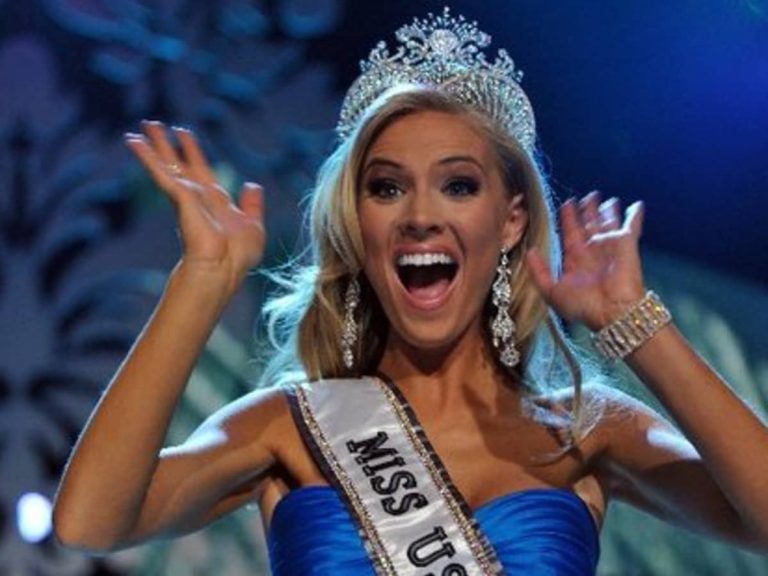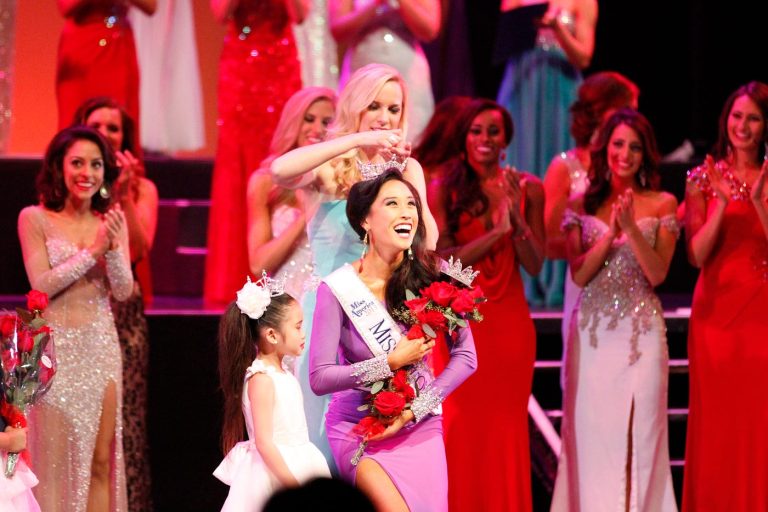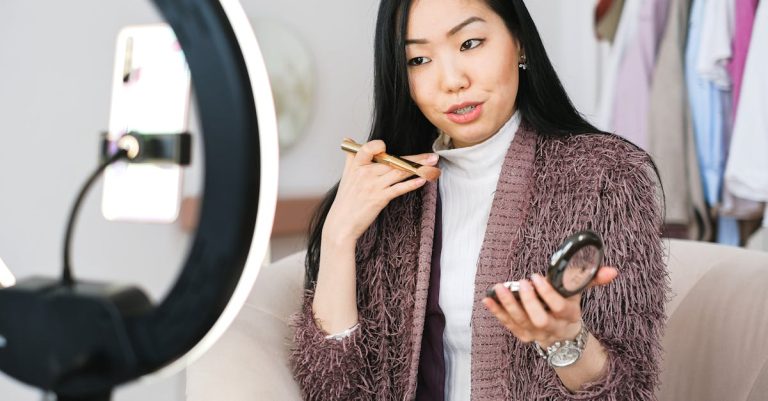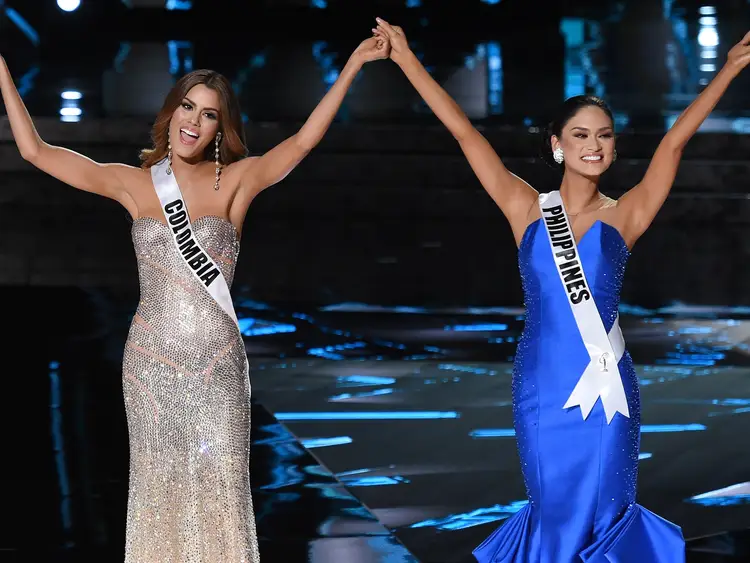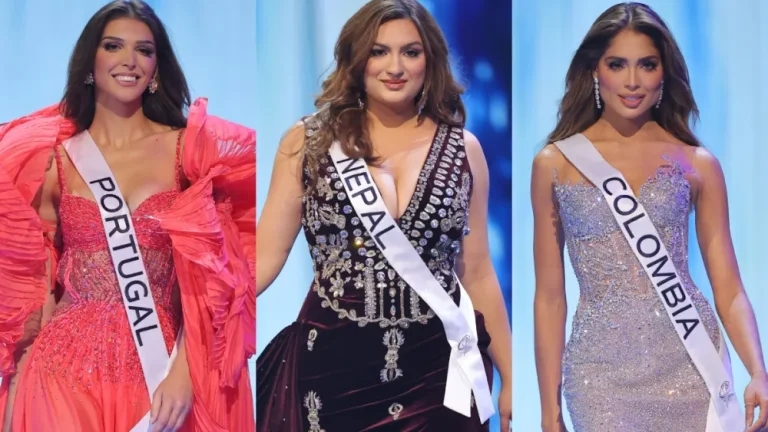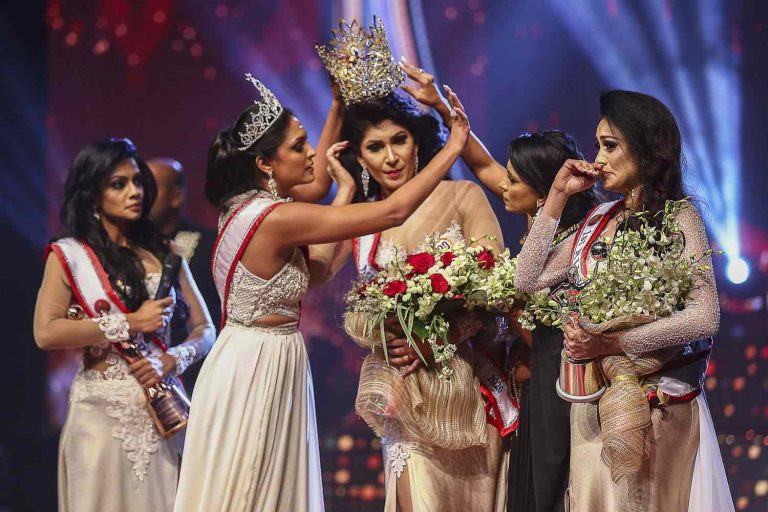History of Beauty Pageants: Evolution, Controversies, and Cultural Impact
Beauty pageants have been a fascinating aspect of global culture for over a century, evolving from simple bathing beauty contests to complex events with multifaceted criteria. Today, we will find out the rich history of beauty pageants, tracing their development, examining the controversies they have sparked, and analyzing their profound cultural impact. As societal norms and values have shifted, so too have pageants, adapting to contemporary ideals and increasingly focusing on empowerment, philanthropy, and inclusivity alongside traditional notions of beauty.
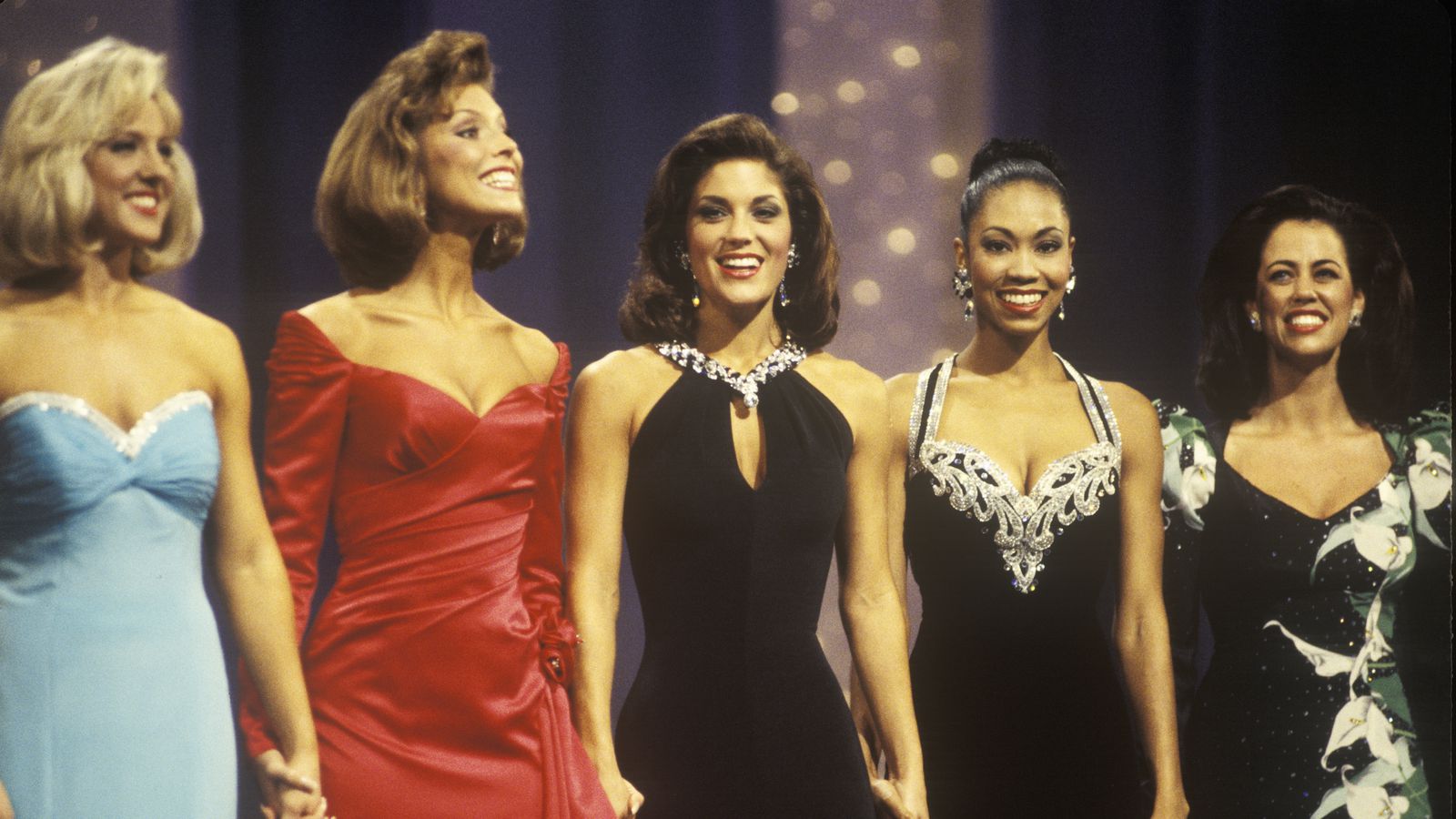
The Origins of Beauty Pageants
Beauty pageants have a nuanced history, shaped by societal and cultural shifts. This section unfolds the early beginnings of beauty pageants and the impact of World War II on these events.
Early Beginnings
Marrying beauty and competition, beauty pageants took form in the late 19th and early 20th centuries. The concept piqued public interest and swept across continents rapidly. It all started in the 1920s, as reported in French Politics Culture & Society back in Spring 2013. America and France, the epicenters of fashion and glamour, initiated the tradition of these contests. These were local events, to begin with, elements of community festivals or state fairs. They gradually grew in popularity, eventually igniting dreams and aspirations in young women worldwide.
The 1920s beauty contests were a spectacle! Competitors paraded on stage, flaunting fashionable attire, all under the public’s critical eye. Much like today’s pageants, contestants were evaluated based on physical traits such as their height, figure, and overall beauty. However, these were not just passive showcases of physical beauty. To a certain extent, they reflected society’s evolving standards of beauty and attitudes towards women, hinting at a more significant cultural phenomenon.
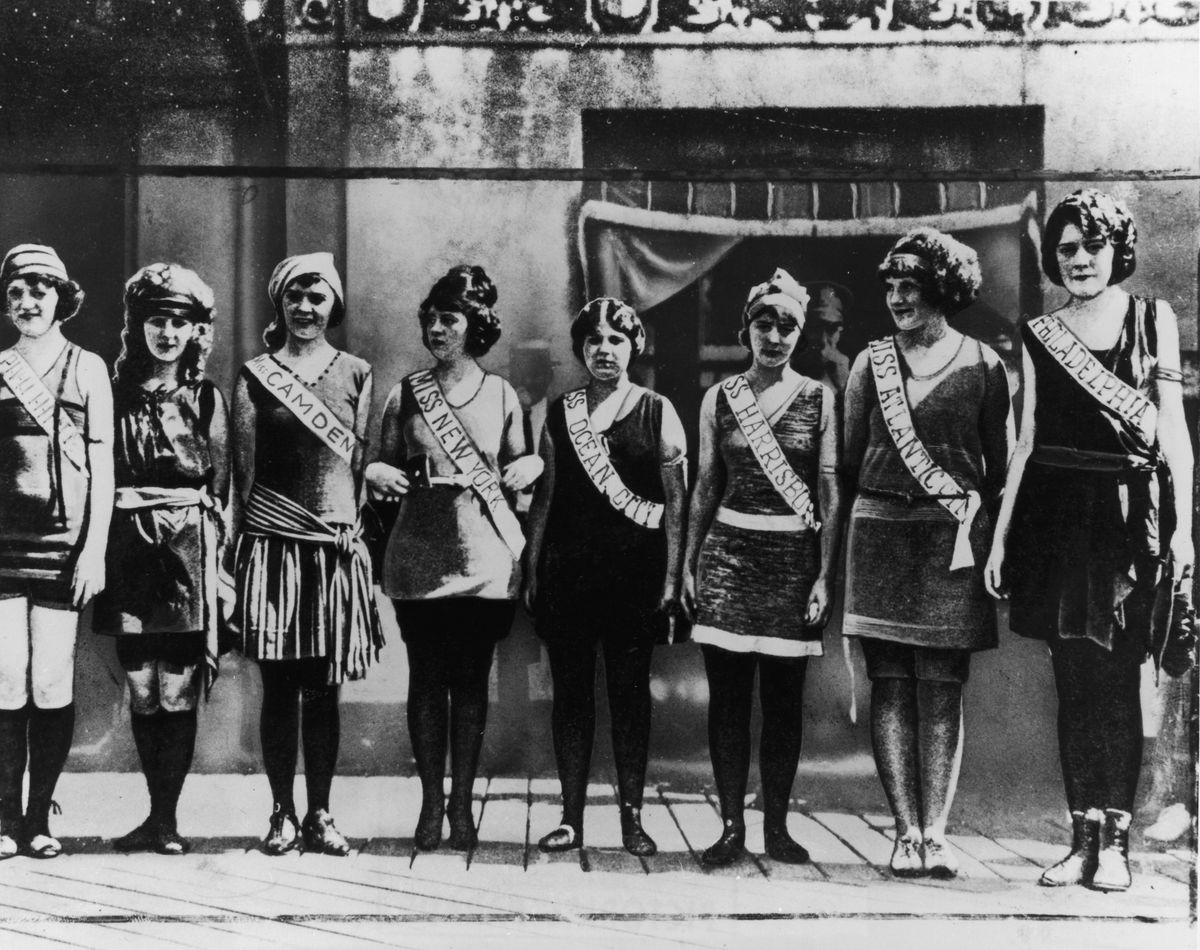
Impact of World War II
The beauty pageant landscape encountered profound changes during World War II. The war, although devastating, played a paradoxical role in shaping the contour of beauty contests. The Universal Newsreel of 1935 reported the Lone Star State selecting beauties for a 100-year pageant, an event captured in the Texas Archive.
Post-war, the societal fabric underwent a tremendous transformation, drastically affecting the appearance and nature of beauty pageants. A societal quest for normalcy and nostalgia for pre-war glamour, combined with a drive towards female empowerment, expanded the scope of these events. The focus extended beyond looks, grooming contestants for intelligent communication and advocacy as well. Consequently, women began participating in these contests to voice their beliefs, and stances and to influence societal norms.
Evolution of Modern Beauty Pageants
The modern beauty pageant has come a long way since its origins in the early 20th century. Here’s a glimpse into its evolution:
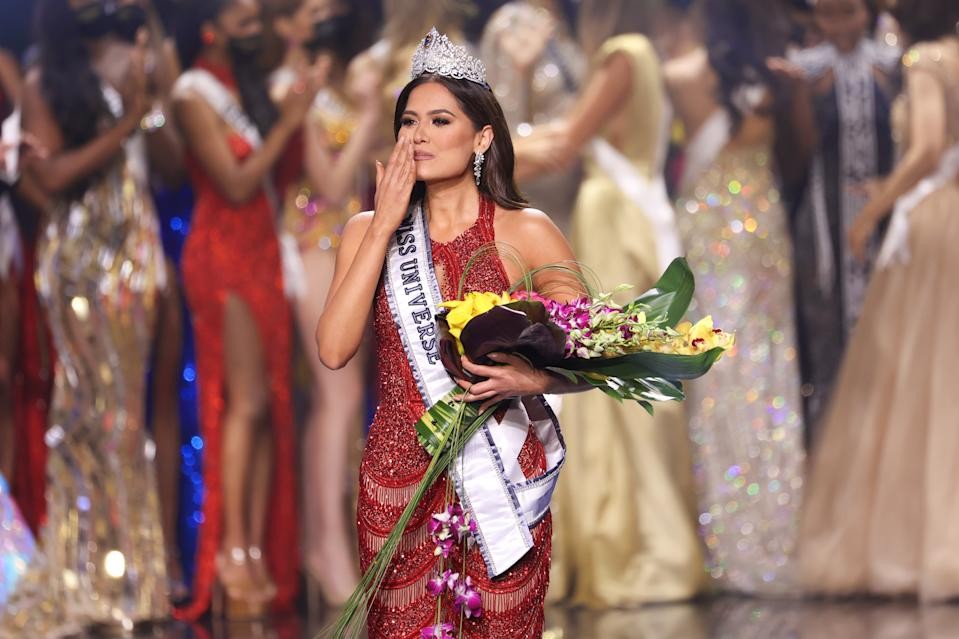
Early Days (1920s-1960s):
- Focus on Physical Beauty: These early pageants, like the Miss America pageant (founded in 1921), were primarily judged on physical appearance, often referred to as “bathing beauty contests.” Swimsuit competitions were a major focus.
- Limited Scope: Participation was restricted based on race, ethnicity, and marital status.
Shifting Tides (1960s-1980s):
- Social Movements and Change: The Civil Rights Movement and the rise of feminism challenged the narrow beauty standards and exclusionary practices of pageants.
- Rise of Diversity: The 1968 Miss Black America pageant emerged in response to the lack of inclusion in mainstream pageants. Other competitions focused on different ethnicities or backgrounds.
- More Than Beauty: Pageants gradually incorporated talent competitions and interviews to showcase well-rounded personalities and not just physical attributes.
Modern Era (1990s-Present):
- Emphasis on Advocacy: Many pageants today focus on social impact and promoting platforms for contestants to advocate for a cause they care about.
- Global Reach: International pageants like Miss Universe and Miss World have gained immense popularity, celebrating beauty diversity across the globe.
- Evolving Criteria: While physical beauty is still a factor, pageants now emphasize inner qualities like intelligence, communication skills, and confidence.
- Gender Inclusivity: A small but growing number of pageants are becoming more inclusive, with competitions for transgender or non-binary contestants.
Controversies and Criticisms of Beauty Pageants
Beauty pageants, despite their evolution towards inclusivity and social awareness, haven’t escaped criticism. Here are some of the ongoing controversies and critiques surrounding them:
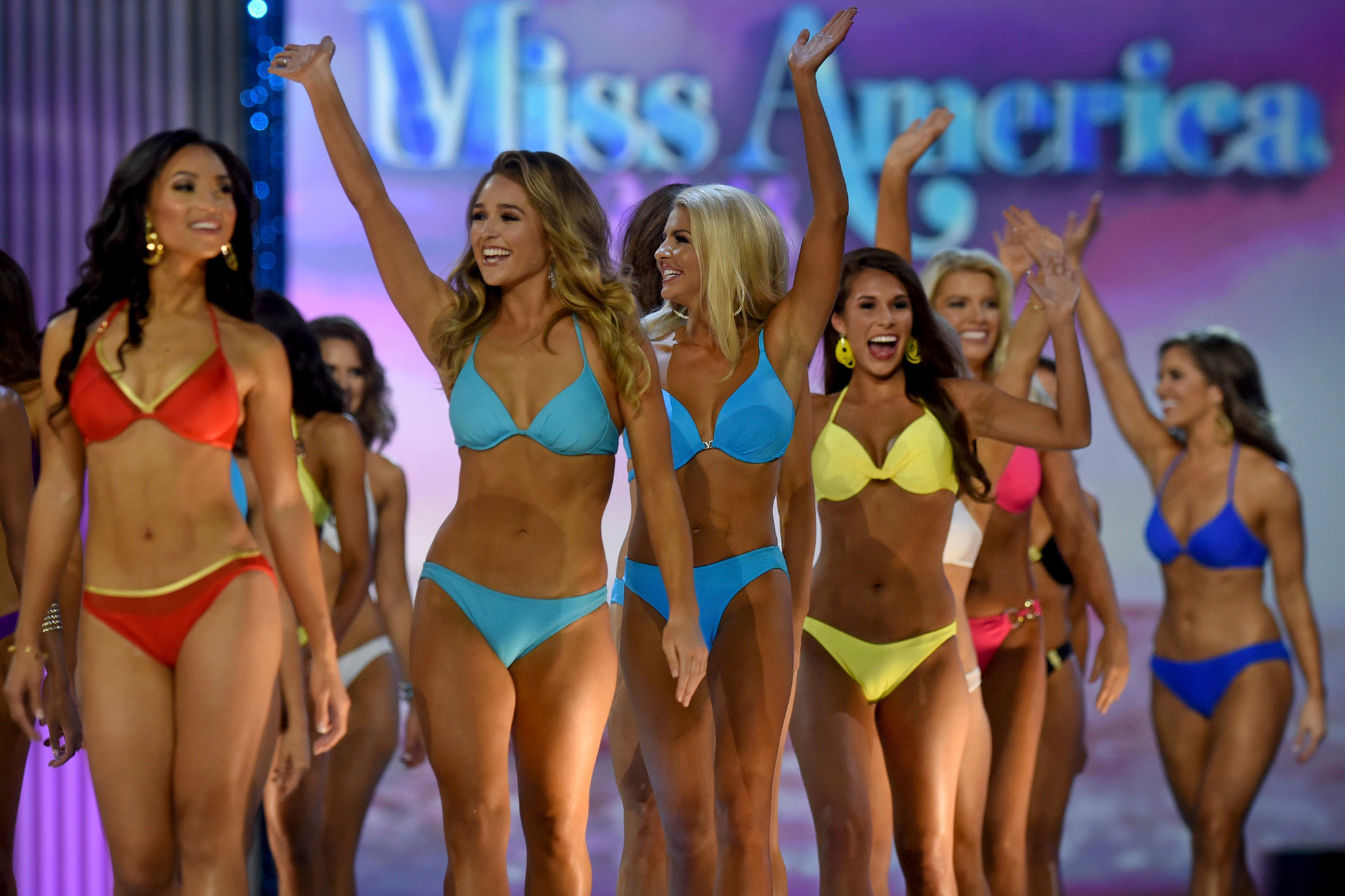
Objectification and Body Image:
- A central criticism is that pageants perpetuate unrealistic beauty standards. The emphasis on physical appearance, even with toned-down swimwear segments, can pressure contestants to conform to narrow ideals.
- This can lead to negative body image and eating disorders among contestants and viewers, particularly young people.
Gender Inequality and Patriarchal Ideals:
- Critics argue that pageants reinforce traditional gender roles, focusing on appearance and charm over other qualities.
- The emphasis on elaborate outfits, hair, and makeup can be seen as reinforcing a focus on outward appearance for women.
Diversity and Representation:
- Despite strides toward inclusivity, concerns remain about the representation of diverse body types, ethnicities, and backgrounds.
- Even with broader competition categories, some argue that pageantry still caters to a limited beauty standard.
Exploitation and Commercialism:
- There are concerns that pageantry can exploit contestants, especially younger ones, by requiring them to invest significant time and money without much financial compensation.
- The pressure to win scholarships or endorsements can overshadow the true value of personal growth and empowerment.
Judging Criteria and Bias:
- The subjectivity of judging can be questioned. Criteria might not be clearly defined, leading to potential bias based on certain preferences or the judges’ backgrounds.
The Impact of Beauty Pageants on Society and Culture
Beauty pageants have a complex and multifaceted impact on society and culture. Here’s a breakdown of both the positive and negative influences:
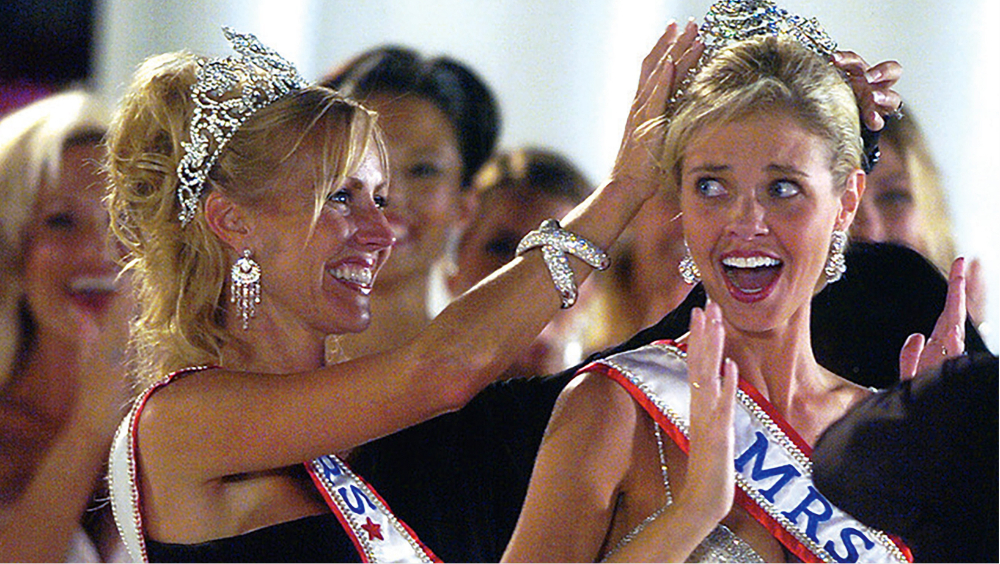
Positive Impacts:
- Promoting Confidence and Public Speaking: Pageant participation can help contestants build self-esteem, communication skills, and stage presence.
- Scholarship Opportunities: Many pageants offer scholarships that can help contestants pursue their education.
- Platform for Advocacy: Modern pageants often give contestants a platform to raise awareness about social issues they care about.
- Celebrating Diversity: While progress continues, pageants are becoming more inclusive, showcasing a wider range of ethnicities, body types, and backgrounds.
- Cultural Exchange: International pageants can promote cultural understanding and appreciation between different countries.
- Economic Boost: Pageants can generate revenue for host cities through tourism and local businesses.
Negative Impacts:
- Perpetuating Unrealistic Beauty Standards: The emphasis on physical appearance, even with less focus on swimsuits, can pressure unrealistic beauty ideals and contribute to negative body image.
- Gender Stereotypes: Critics argue that pageants reinforce traditional gender roles, focusing on outward appearance and conformity for women.
- Commercialization and Exploitation: Concerns exist about the financial pressures on contestants and potential exploitation, particularly for younger participants.
- Subjectivity and Bias in Judging: Unclear judging criteria can lead to bias based on the judges’ preferences or backgrounds.
- Limited Reach and Relevance: Pageantry might not resonate with everyone in today’s society, and some view it as outdated or irrelevant.
The Future of Beauty Pageants
The future of beauty pageants looks to be one of transformation and adaptation, reflecting broader societal changes and evolving perceptions of beauty, gender, and representation. Here’s an outlook on the likely direction of beauty pageants moving forward:
1. Increased Inclusivity:
- Body Diversity: A wider range of body types and sizes will likely be celebrated, moving away from a singular standard of beauty.
- Gender Identity: More competitions will be open to non-binary or transgender contestants, reflecting a broader societal acceptance.
- Ethnicity and Background: Greater representation of diverse ethnicities and cultural backgrounds will be crucial to stay relevant.
2. Focus on Empowerment and Social Impact:
- Personal Growth: Pageants might emphasize the self-development journeys of contestants, showcasing the skills and confidence gained through participation.
- Leadership and Communication: Competitions could incorporate challenges that assess leadership potential, public speaking abilities, and social awareness.
- Advocacy Platforms: Social change and using pageantry as a platform for important causes will likely continue to be a prominent aspect.
3. Transparency and Ethical Treatment:
- Clear Judging Criteria: Pageants might move towards more objective and transparent judging processes to minimize bias.
- Fair Treatment of Contestants: Ensuring ethical treatment throughout the competition, with fair compensation for the time and effort contestants invest, will be important.
4. Technological Integration:
- Virtual and Online Elements: The rise of virtual events might lead to online competitions or hybrid formats incorporating both in-person and virtual aspects.
- Social Media Engagement: Social media platforms could be used for audience voting, creating interactive experiences, and promoting contestant platforms.
Frequently Asked Questions
Why did beauty pageants evolve post-World War II to emphasize intelligence and advocacy?
Post-World War II, societal values and norms started changing, shifting focus from just physical beauty to intelligence, advocacy, and empowerment. This shift towards holistic beauty not only made pageants more inclusive but also more relevant and reflective of societal changes.
How do modern beauty pageants reflect societal values?
Beauty pageants have adapted to societal changes by promoting inclusivity and abandoning certain practices, such as swimsuit competitions. These changes aim to present a more empowering and respectable image of women, thereby mirroring modern societal values.
What are some of the controversies involving beauty pageants?
Critics argue that beauty pageants may objectify women and reinforce harmful beauty standards. Controversial events, such as the ‘Toddlers & Tiaras’ show, spark debates about age-appropriate involvement in pageants and the influence of beauty norms.
How have beauty pageants responded to criticisms?
In response to criticisms, beauty pageants have taken several steps towards inclusivity and empowerment. Organizers now emphasize intelligence and advocacy, aiming to transform pageants into platforms for empowerment, diversity celebration, and constructive dialogue.
What does the declining popularity of traditional beauty pageants indicate?
The declining popularity of traditional beauty pageants is a reflection of evolving societal values, indicating that people are moving away from conventional beauty norms and towards more diverse and inclusive concepts of beauty.
What challenges do beauty pageants face in the future?
Future challenges for beauty pageants include aligning with rapidly changing societal values, cultural complexities, and rising expectations for inclusivity and ethical standards. To thrive, pageants will need to continually adapt and innovate.
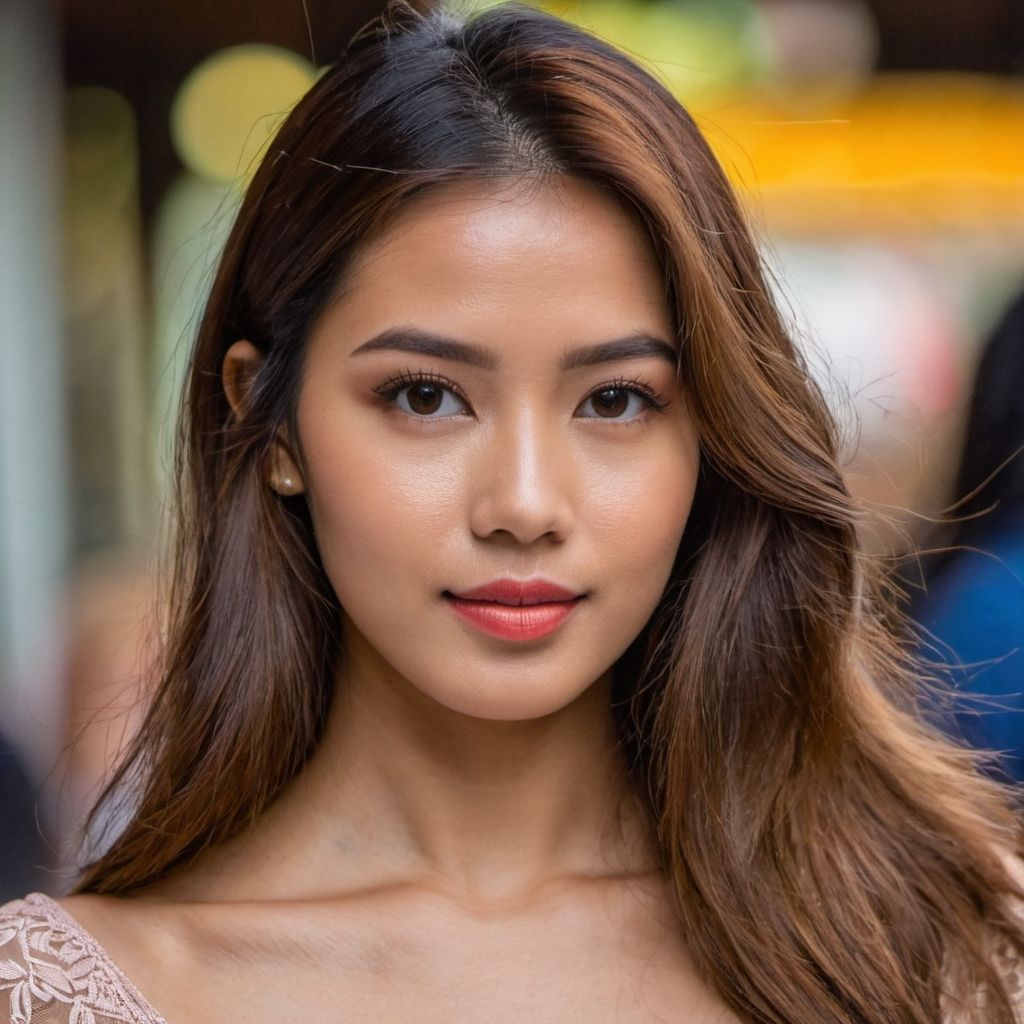
I’m Ellis Philip, a writer who loves fashion. I often write for beauty magazines, sharing my thoughts on how fashion can make women feel powerful. Traveling is my passion, as it lets me discover new beauty products and trends. I enjoy bringing these finds into my writing, hoping to inspire others.

